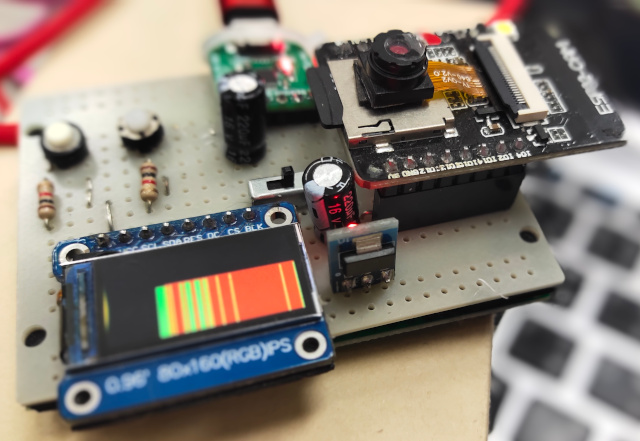This article introduces the use of the list class in Micropython as a queue data structure with a limited number of members. It works according to the FIFO (First-In-First-Out) principle, which can be applied in a variety of applications, such as being used as a storage, and when the data is full but we need to insert new data, the old data must be pop out. The example in this article uses the dCore-miniML board (Figure 1) to read the temperature of the chip and store it in a Queue structure and display it in a bar graph and Micropython implemented firmware version 1.16 (2021-06-23) for the ESP Module (SPIRAM).
